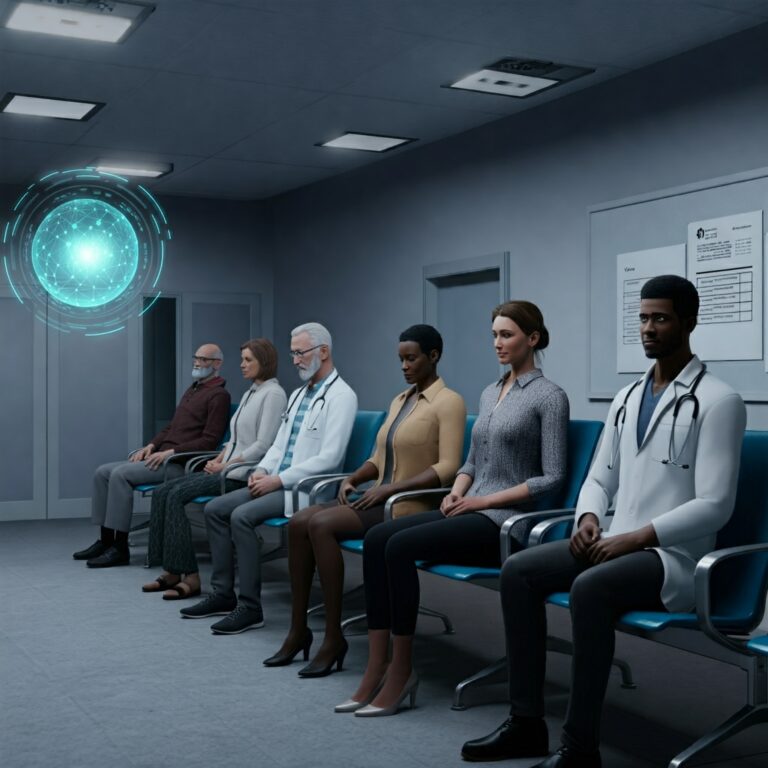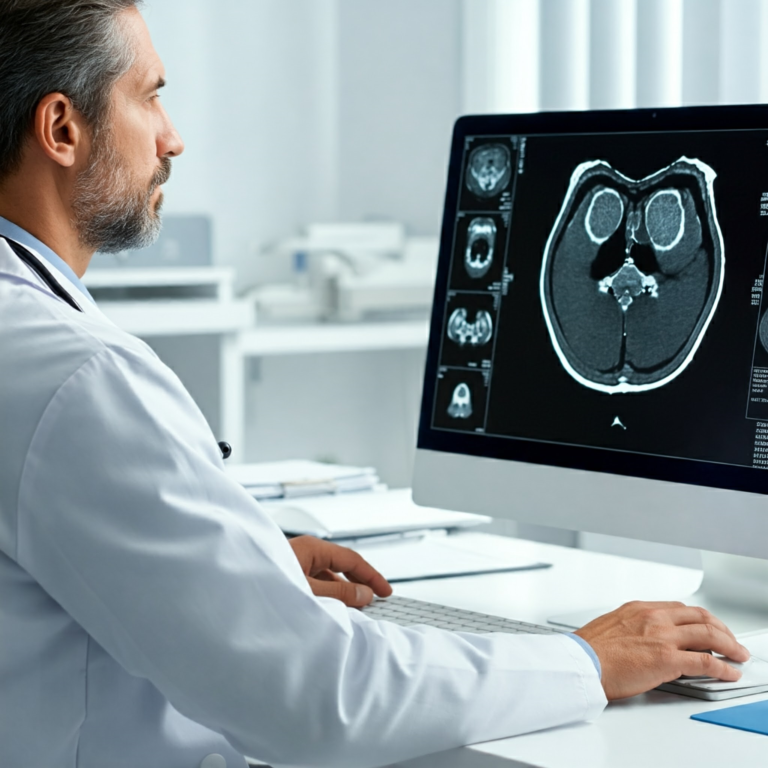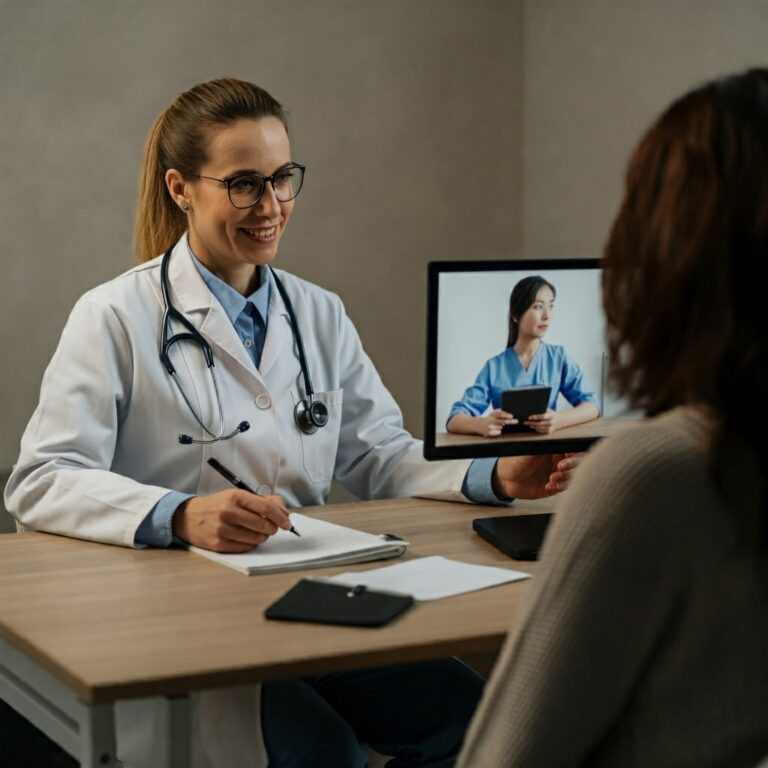Telemedicine 2.0: How RPM is Driving the Shift Towards Proactive Care
The healthcare landscape is undergoing a dramatic transformation, fueled by technological advancements and a growing demand for accessible, personalized care. At the heart of this revolution lies telemedicine, which has evolved beyond its initial iterations of virtual consultations to encompass a more comprehensive and proactive approach to patient management. This evolution, often referred to as Telemedicine 2.0, is being significantly driven by the rise of Remote Patient Monitoring (RPM). This article delves into the evolving telemedicine sector, exploring the impact of RPM and highlighting the key trends, statistics, and recent market news shaping the future of proactive healthcare.
Telemedicine: An Overview and its Evolving Role in Healthcare
Telemedicine, broadly defined as the use of technology to deliver healthcare services remotely, has rapidly gained traction in recent years. Initially adopted as a means to bridge geographical barriers and improve access to specialist care, telemedicine has quickly expanded its scope to encompass a wide range of applications. From virtual consultations and remote diagnosis to chronic disease management and mental health support, telemedicine is proving its value across the healthcare spectrum.
Several factors have contributed to the accelerated adoption of telemedicine. The COVID-19 pandemic, undoubtedly, served as a catalyst, forcing healthcare systems to embrace virtual care models to maintain continuity of care amidst lockdowns and social distancing measures. Beyond the pandemic, other driving forces include the increasing prevalence of chronic diseases, a growing aging population, and a rising demand for patient-centric care that prioritizes convenience and accessibility.
Within the healthcare industry, telemedicine is reshaping care delivery models in significant ways. It empowers patients to actively participate in their health management, fosters greater collaboration between patients and providers, and offers the potential to improve health outcomes while reducing healthcare costs. By leveraging technology, telemedicine enables more frequent and timely interventions, facilitates early detection of potential health issues, and reduces the need for costly hospital readmissions.
The Impact of RPM on the Telemedicine Sector
Remote Patient Monitoring (RPM) represents a crucial component of Telemedicine 2.0, taking virtual care to the next level by enabling continuous monitoring of patients’ health status outside traditional clinical settings. RPM utilizes a variety of connected devices, such as wearable sensors, blood pressure monitors, and glucose meters, to collect physiological data from patients in real-time. This data is then transmitted wirelessly to a secure platform, where it can be accessed and analyzed by healthcare providers.
The integration of RPM into telemedicine platforms has profound implications for proactive care. By continuously monitoring vital signs and other relevant health data, healthcare providers can gain a more comprehensive understanding of a patient’s condition, identify potential problems early on, and intervene proactively to prevent adverse events. This shift from reactive to proactive care is particularly beneficial for patients with chronic conditions like diabetes, heart failure, and hypertension, who require ongoing monitoring and management.
RPM also empowers patients to take a more active role in their own health. By providing them with access to their health data and personalized insights, RPM fosters greater self-awareness and encourages healthier lifestyle choices. Moreover, the continuous monitoring provided by RPM can enhance patient adherence to treatment plans, leading to improved outcomes.
Key Trends Shaping the Future of Telemedicine and RPM
Several key trends are shaping the future of telemedicine and RPM, including:
- Artificial Intelligence (AI) and Machine Learning (ML): AI and ML algorithms are being increasingly integrated into RPM platforms to analyze patient data, identify patterns, and predict potential health risks. This enables more personalized and targeted interventions, leading to more effective care.
- Integration with Electronic Health Records (EHRs): Seamless integration between RPM platforms and EHRs is essential for streamlined data sharing and improved care coordination. This allows providers to access a complete picture of a patient’s health history and make more informed decisions.
- Expansion of 5G Connectivity: The rollout of 5G networks will further enhance the capabilities of RPM by enabling faster data transmission, supporting more complex connected devices, and expanding the reach of telemedicine services to underserved areas.
- Focus on Cybersecurity and Data Privacy: As the volume of patient data collected through RPM grows, ensuring the security and privacy of this information becomes paramount. Robust cybersecurity measures and adherence to data privacy regulations are crucial for maintaining patient trust and ensuring the ethical use of data.
- Growing Adoption of Wearable Technology: The proliferation of wearable health trackers and smartwatches is providing new opportunities for RPM, enabling continuous monitoring of a wider range of physiological parameters and activity levels.
Key Statistics and Market News
- The global telemedicine market is projected to reach $XXX billion by YYYY, growing at a CAGR of XX% from 2023 to YYYY (source: reputable market research firm).
- The RPM market is expected to witness significant growth, driven by the increasing prevalence of chronic diseases and the rising adoption of connected health devices. (source: reputable market research firm).
- Recent market news includes partnerships between telehealth providers and technology companies, investments in RPM startups, and regulatory changes aimed at promoting the adoption of telemedicine. (cite specific examples of recent news).
Summary: Telemedicine 2.0 – The Dawn of Proactive Care
Telemedicine 2.0, powered by the advancements in RPM, represents a paradigm shift in healthcare delivery. It moves beyond simply providing virtual consultations to empowering proactive, continuous, and patient-centered care. By leveraging connected devices, data analytics, and personalized interventions, RPM is transforming the way chronic diseases are managed, improving patient outcomes, and reducing healthcare costs. The trends discussed above, combined with ongoing innovation and supportive regulatory frameworks, point towards a future where telemedicine and RPM play an increasingly integral role in delivering accessible, efficient, and truly proactive healthcare for all. The potential of Telemedicine 2.0 is immense, and as the technology continues to evolve, we can expect even more transformative changes in the years to come. The healthcare industry must embrace this evolution and invest strategically in the infrastructure, technology, and training necessary to fully realize the promise of proactive, patient-centered care enabled by telemedicine and RPM.















